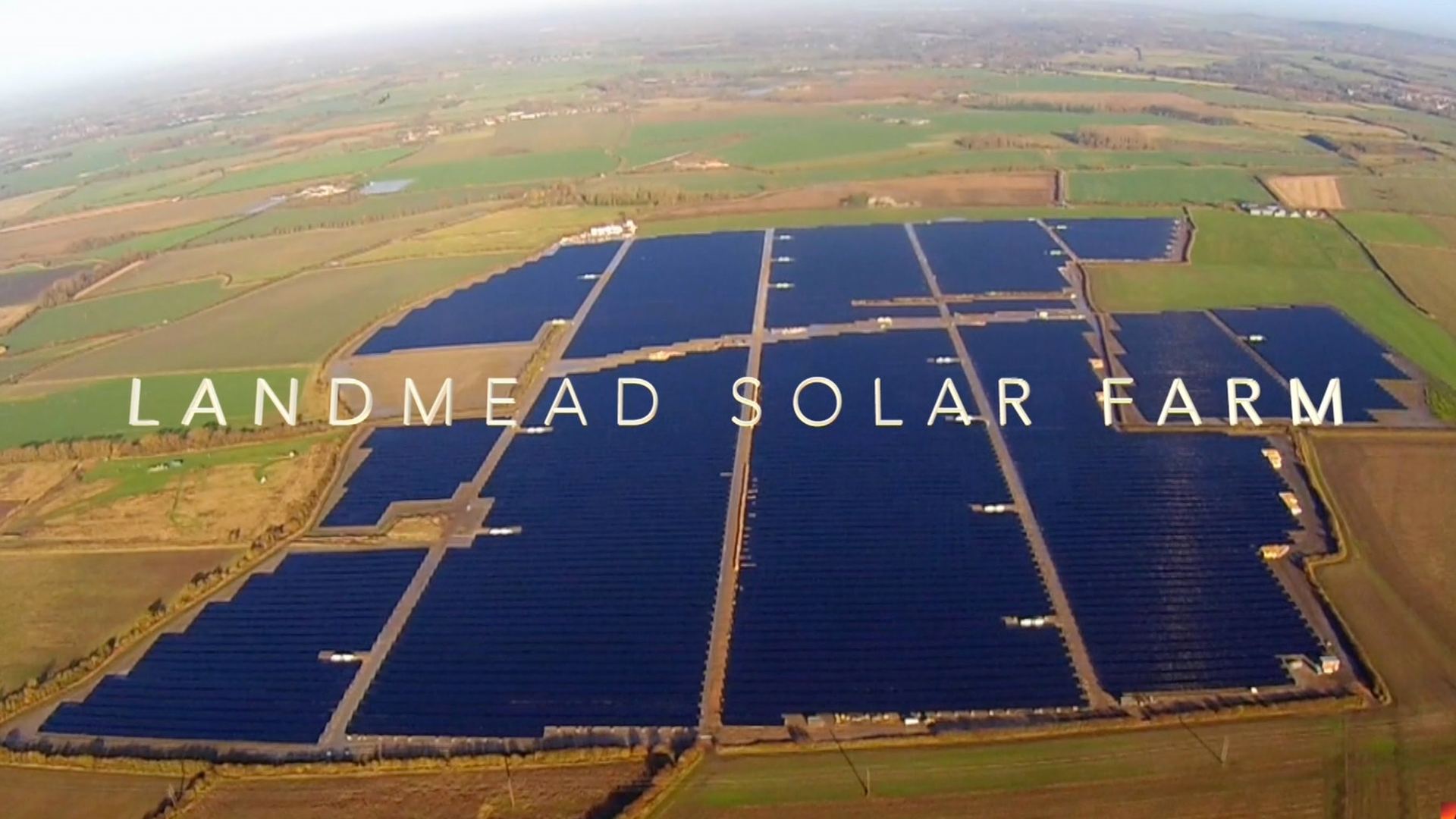News Article
An Alternative Solar Feed In Tariff Scenario For The UK
In August 2015, the Department for Energy and Climate Change published a consultation on the UK Feed in Tariff. The declared purpose of the consultation is to propose means of controlling costs under the Feed-in Tariff. Measures proposed include significantly revised tariffs based on updated technology cost data, a more stringent degression mechanism and deployment caps. Taken together, these measures would result in phased closure of the scheme in 2018-19.
The solar industry claims that sustaining support needn't break the bank and that c£100m is required to fund a sustainable solar industry in 2018/19. In order to test this hypothesis Ecuity Consulting LLP prepared an economic model which replicates DECC's approach to calculating the costs of the Feed in Tariff scheme. Alongside sharing results directly with industry and policymakers, this paper provides a public summary of our findings.
According to the Solar Trade Association, British Photovoltaic Association and many others we have spoken to in the past few weeks, the solar market also requires a return to the stability it was benefitting from prior to the current consultation on feed in tariffs. With this stability the solar industry claims it can achieve grid parity within 3-5 years, locking in a permanent cost reduction for the UK energy system.
To test the validity of some of these claims and to support industry responses to the consultation this paper sets out the results of an alternative budget scenario which includes higher tariffs and a market size that many deem necessary to sustain the solar industry whilst keeping spending to sensible limits.
The Ecuity Scenario replicates as closely as possible, DECC's own analysis of scheme costs and is explained in detail on the following pages. The outputs can however be summarised as follows:
a) Workable generation tariffs can be set based on updated assumptions for system size bands from residential up to 500kW commercial accompanied by a
degression pathway for reducing tariffs as costs fall.
b) Our suggested tariffs, alongside a workable market size of 1GW per annum can be delivered for a budgetary cost which amounts to just £1.20 on the typical
consumer bill in 2018/19 yet delivers a market, sufficient to support the industry to grid parity by 2020.
c) The net benefit to the economy from this investment into the achievement of grid parity is estimated at over £3 billion, equivalent to a discounted value of £126 for every household in the UK1
d) Hinckley Point C is not expected to start generating electricity before 2025 and will cost £199 for every tonne of CO2 saved. In contrast, Solar PV will deliver
increasingly cost-effective CO2 abatement with new installations costing just £12 per tonne of CO2 saved by 2020.
Read the full report
http://www.ecuity.com/wp-content/uploads/2015/11/Ecuity-Solar-PV-Report-November2015.pdf
The solar industry claims that sustaining support needn't break the bank and that c£100m is required to fund a sustainable solar industry in 2018/19. In order to test this hypothesis Ecuity Consulting LLP prepared an economic model which replicates DECC's approach to calculating the costs of the Feed in Tariff scheme. Alongside sharing results directly with industry and policymakers, this paper provides a public summary of our findings.
According to the Solar Trade Association, British Photovoltaic Association and many others we have spoken to in the past few weeks, the solar market also requires a return to the stability it was benefitting from prior to the current consultation on feed in tariffs. With this stability the solar industry claims it can achieve grid parity within 3-5 years, locking in a permanent cost reduction for the UK energy system.
To test the validity of some of these claims and to support industry responses to the consultation this paper sets out the results of an alternative budget scenario which includes higher tariffs and a market size that many deem necessary to sustain the solar industry whilst keeping spending to sensible limits.
The Ecuity Scenario replicates as closely as possible, DECC's own analysis of scheme costs and is explained in detail on the following pages. The outputs can however be summarised as follows:
a) Workable generation tariffs can be set based on updated assumptions for system size bands from residential up to 500kW commercial accompanied by a
degression pathway for reducing tariffs as costs fall.
b) Our suggested tariffs, alongside a workable market size of 1GW per annum can be delivered for a budgetary cost which amounts to just £1.20 on the typical
consumer bill in 2018/19 yet delivers a market, sufficient to support the industry to grid parity by 2020.
c) The net benefit to the economy from this investment into the achievement of grid parity is estimated at over £3 billion, equivalent to a discounted value of £126 for every household in the UK1
d) Hinckley Point C is not expected to start generating electricity before 2025 and will cost £199 for every tonne of CO2 saved. In contrast, Solar PV will deliver
increasingly cost-effective CO2 abatement with new installations costing just £12 per tonne of CO2 saved by 2020.
Read the full report
http://www.ecuity.com/wp-content/uploads/2015/11/Ecuity-Solar-PV-Report-November2015.pdf






























